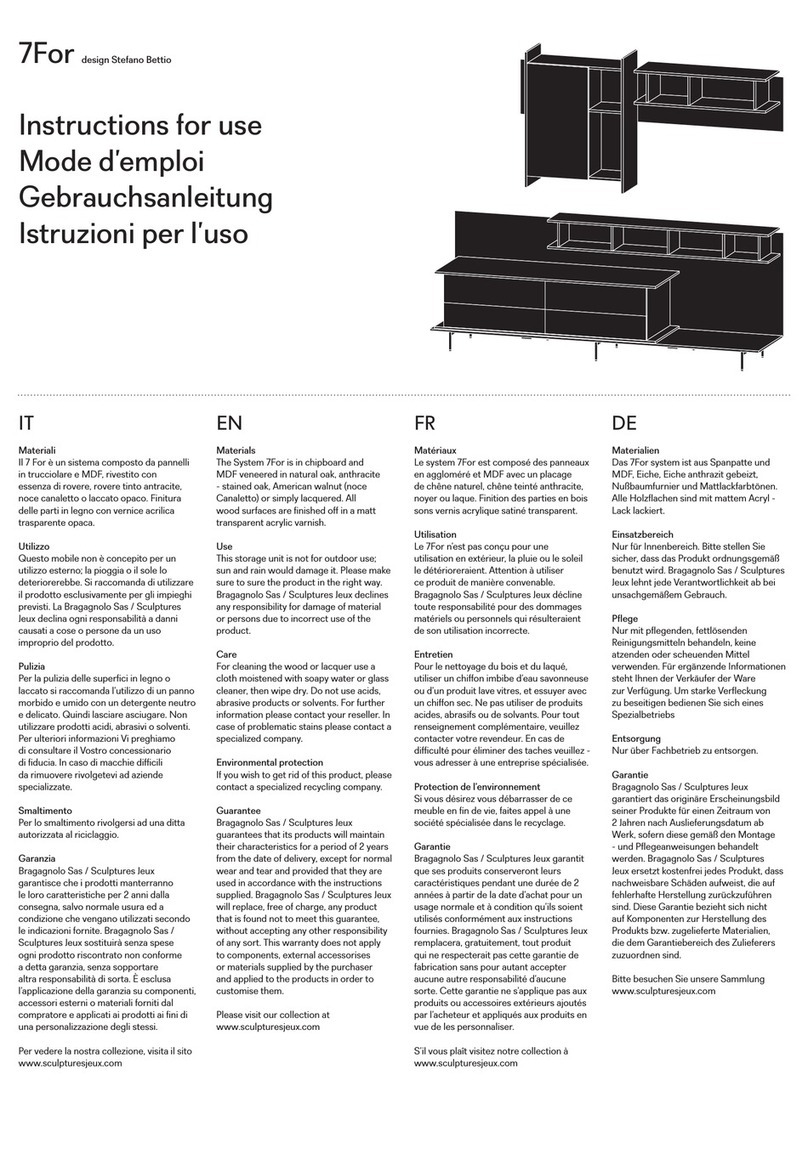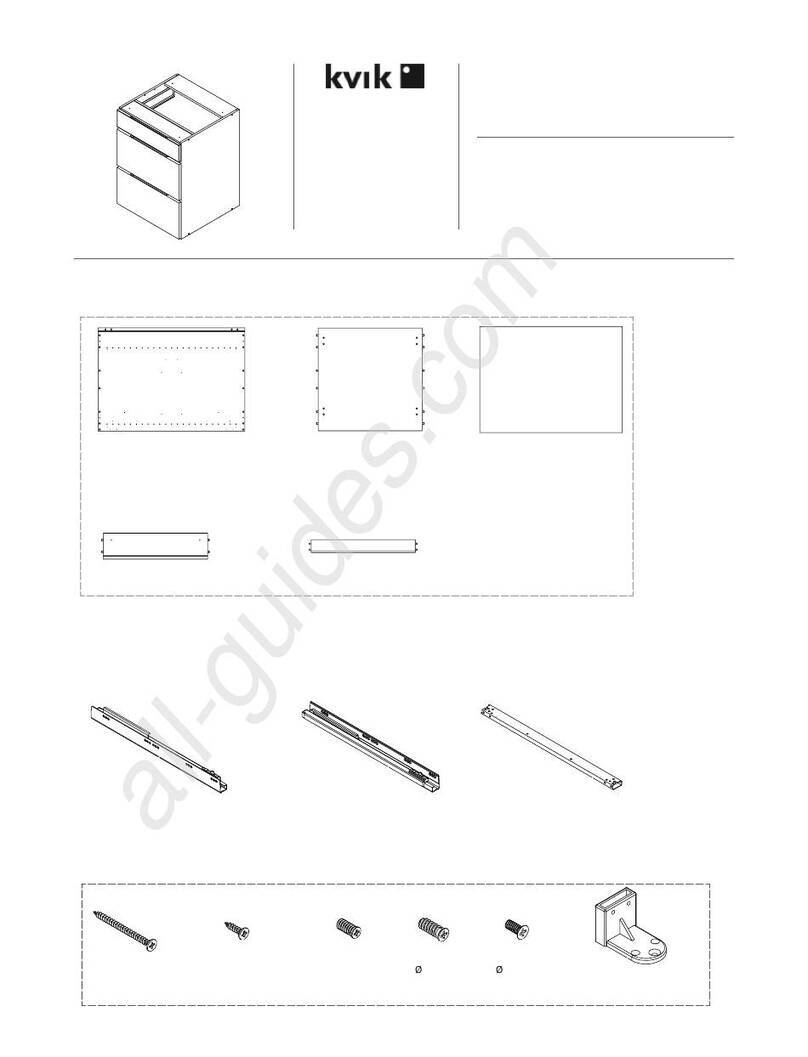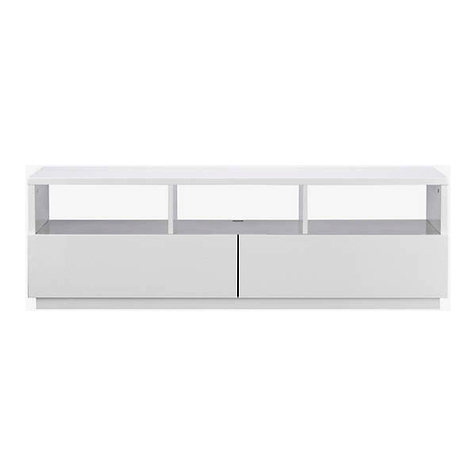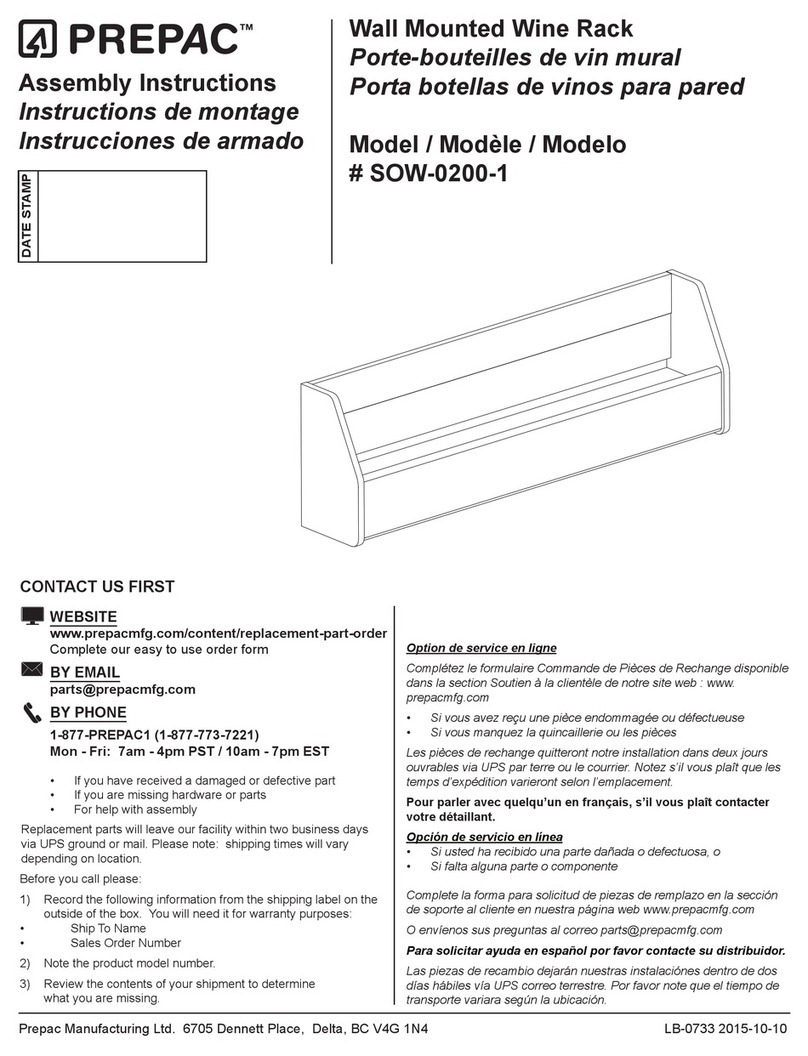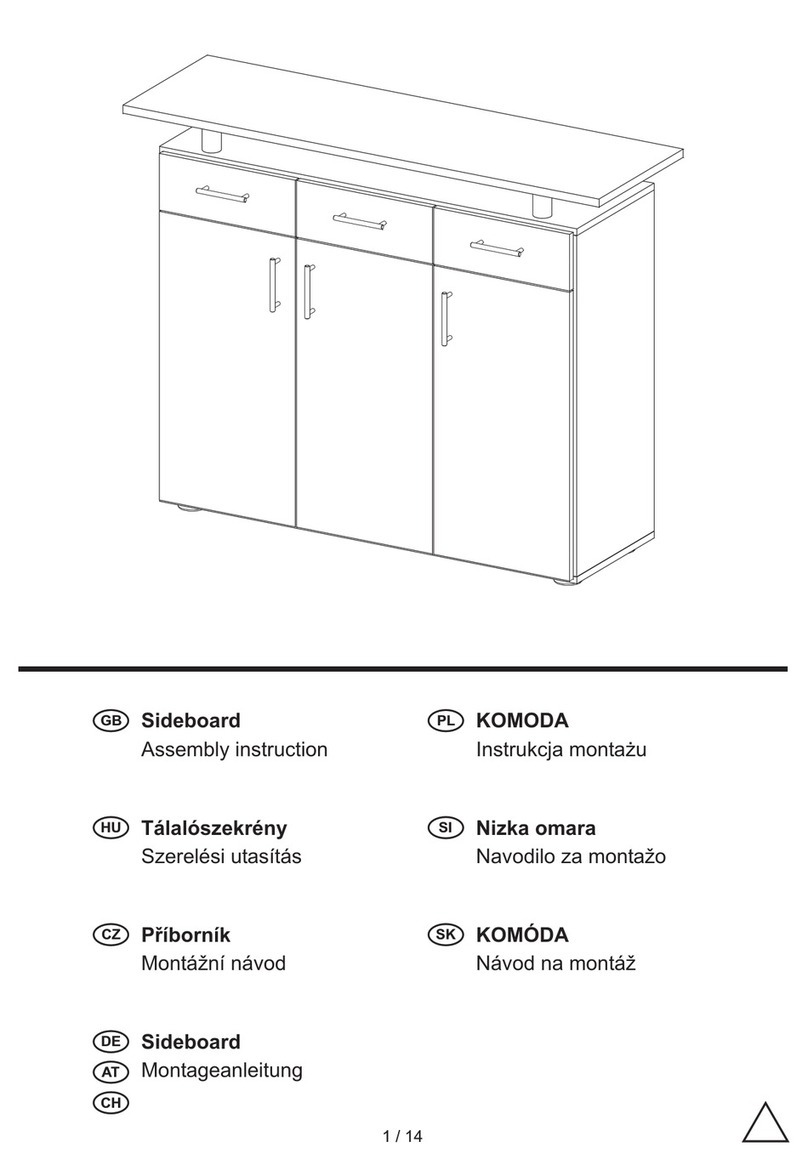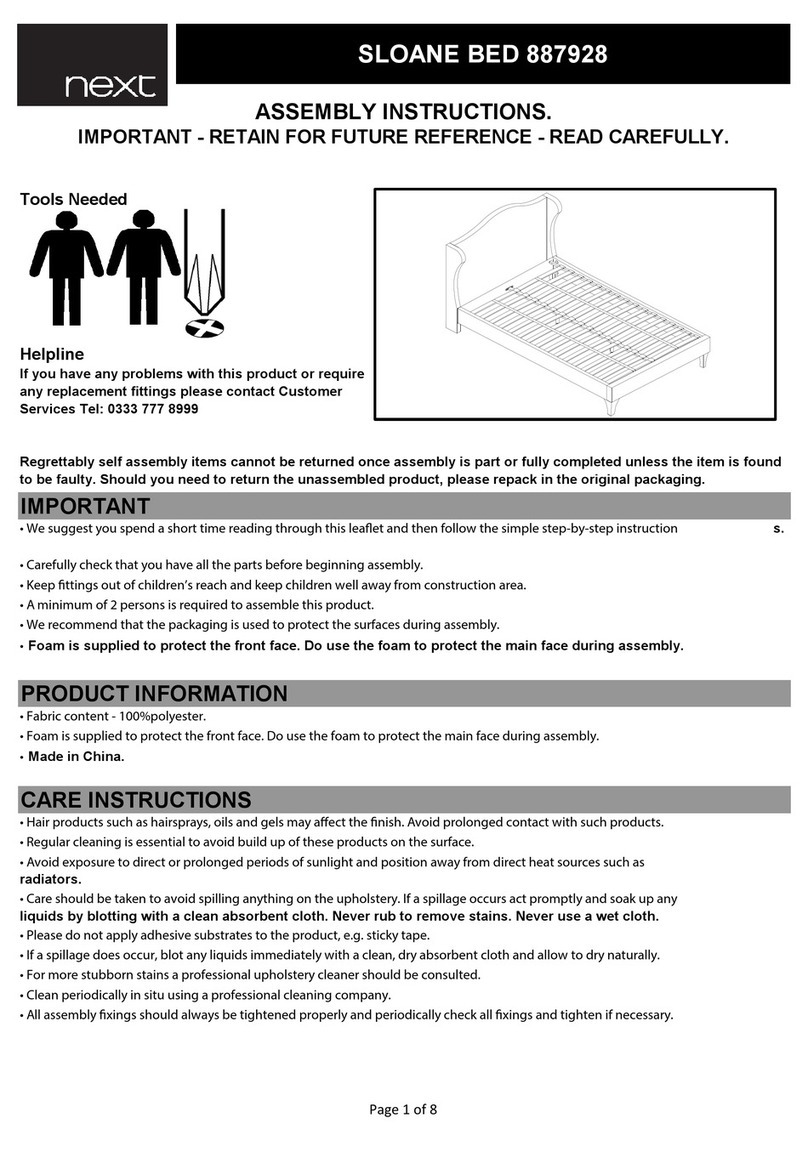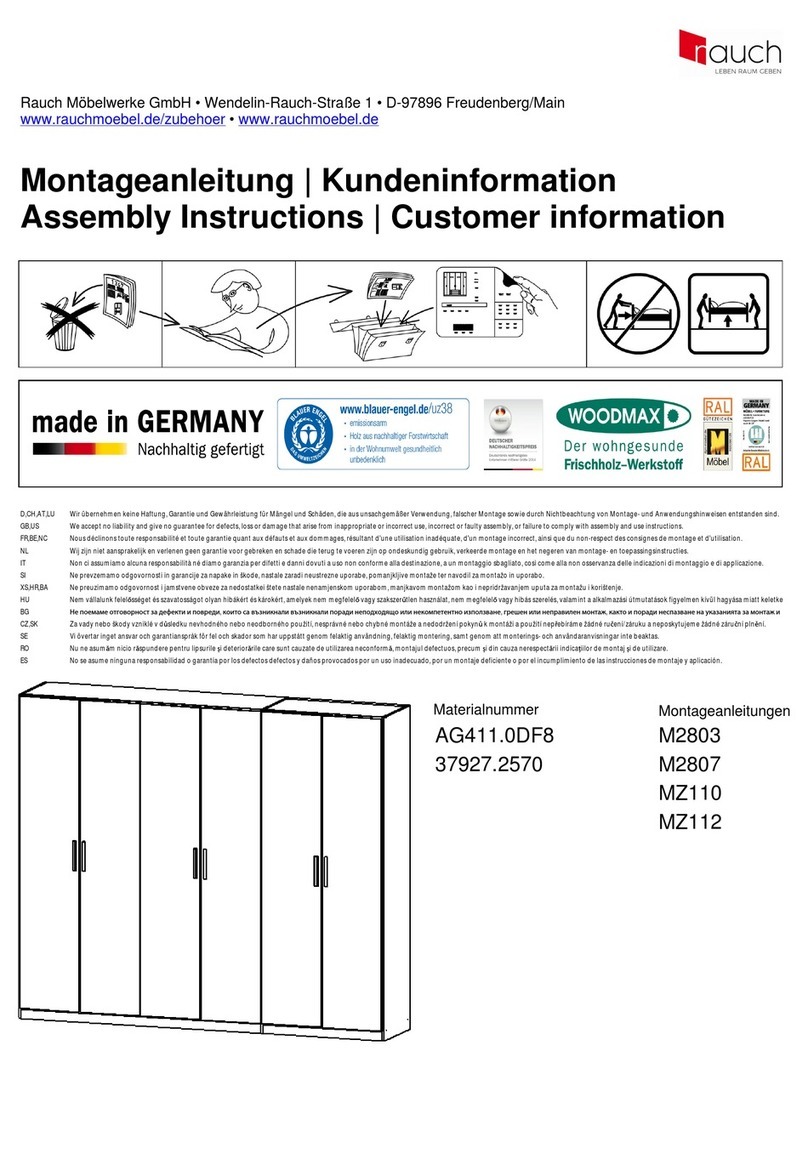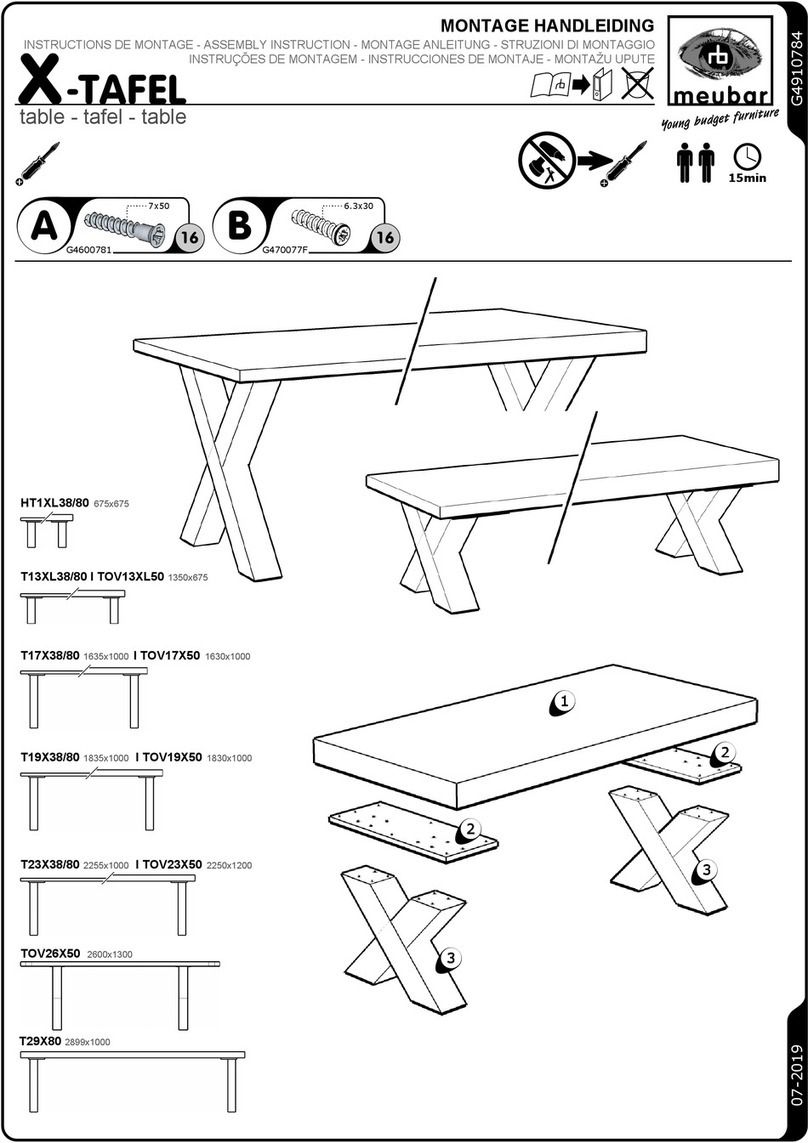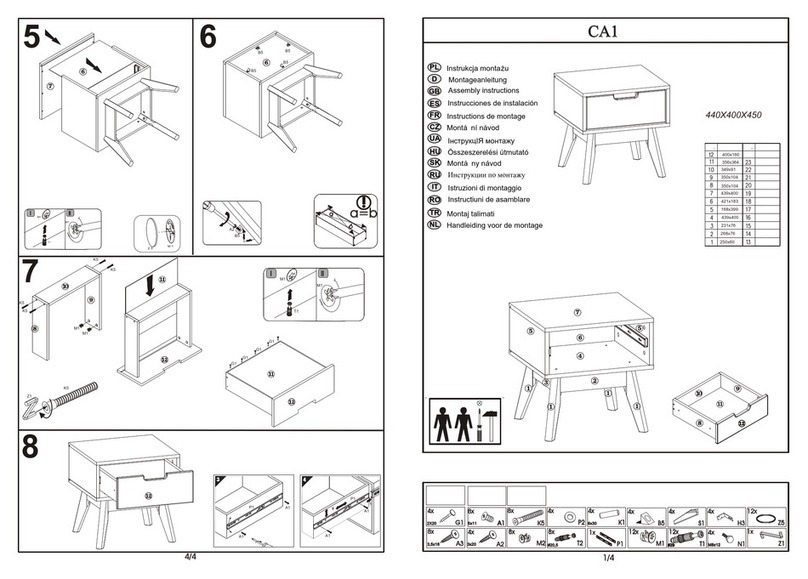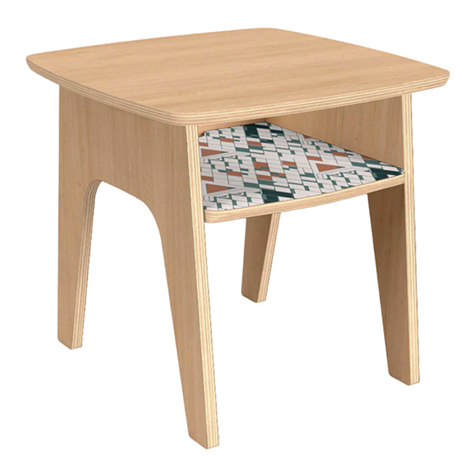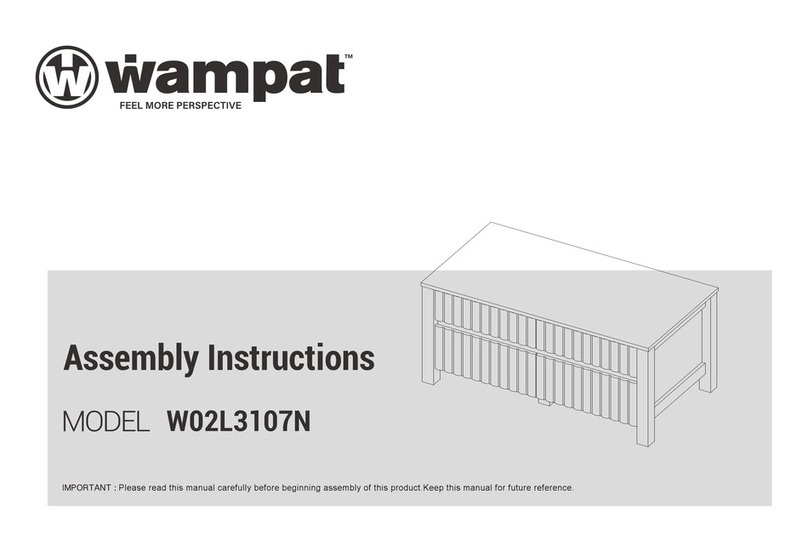Autex Acoustics Acoustic Timber Panel Configuration guide

These install instructions are of a general nature and are to be referred to when installing Acoustic Timber™
Panel™and Raft™, as Acoustic Timber requires slightly different treatment. Please refer to the install instructions
for the selected product as well as the below instructions.
These install instructions are designed to assist suitably experienced tradespeople in the installation of Acoustic
Timber products to a high standard in common wall and ceiling applications.
For installation support, contact your account manager before you start.
Autex Acoustics® recommends that all persons engaged in the installation of Autex Acoustics products have full
knowledge of the product and installation procedure as set out in the most recent edition of the manufacturer’s
instructions, and related documents. Copies of these documents are available on request or from the Autex
Acoustics website.
Before starting the installation of Acoustic Timber,
check that the materials have been supplied as
ordered and are free from damage or faults. Check
colors and product labels to ensure the product
has been supplied correctly. Where multiple sheets
of Acoustic Timber are required, it is important to
check that all product is supplied from one batch.
Due to batch to batch variation, we do not
recommend joining different batch lots as this
could result in color variation.
Any variations must be reported to Autex Acoustics
prior to commencing the installation.
Always ensure that the shop drawings have been
signed off before ordering and installing. If you
notice any inconsistencies, please contact your
account manager. No claims will be accepted
where the job continues with obvious faults
and no consultation with Autex Acoustics has taken
place.
Inspection
Transportation, storage
and handling
Install InstructionsAcoustic Timber™
autexglobal.com
Autex Acoustics recommends that all persons engaged in installing Acoustic Timber have full knowledge
of the product and installation procedure as set out in the most recent edition of the manufacturer’s
instructions and related documents.
Manufacturer’s documents relating to work in this section are:
• Acoustic Timber Panel Data Sheet
• Acoustic Timber Raft Data Sheet
• Acoustic Timber Panel Manufacturer's Guarantee
• Acoustic Timber Raft Manufacturer's Guarantee
• Acoustic Timber Install Instructions
• Cube™ Install Instructions
• Frontier Install Instructions
Copies of the above documents are available on request or from the Autex Acoustics website.
Manufacturer’s
documents
For Acoustic Timber Raft Beam 100 and Beam 250 install instructions, please refer to pages 15 - 29 of our
Frontier™ Install Instructions.
Acoustic Timber™Raft™
Acoustic Timber must be transported, stored,
and handled with care. Acoustic Timber should
be kept dry and stored indoors. Avoid delamination
or distortion, and protect edges from being
crushed. Do not accept damaged product.
If the product arrives damaged, note the condition
on the freight documents and contact Autex
Acoustics immediately.
Goods signed as received in ‘good condition’ will
not be the responsibility of Autex Acoustics. Always
transport and store Acoustic Timber on a flat,
clean, and dry surface.

Acoustic Timber Panel should always be installed
in accordance with these install instructions,
and as per the specification detail and customer
requirements. If there is conflicting information, you
must seek clarification from all appropriate parties
before proceeding with the work. It is imperative
that the installation is planned before cutting any
product. We recommend that you “measure twice
and cut once”. For further information, please refer
to the Cube install instructions.
Do not rub the panel surface at any point during
installation as rubbing may cause surface wear.
Do not step on the panel surface. Avoid scratching
the panel surface. Ideally Acoustic Timber Panel
should be installed in low traffic areas to avoid
damage to the surface. If you have any concerns
about the install location, please contact your
account manager.
Joins should ideally always be vertical, clean, and
flat with no gaps or visible compression marks.
Panels will be manufactured ready for butt joining
along the vertical joins.
We recommend cutting through the face of the
Acoustic Timber Panel using a straight edge to
ensure a straight cut. Where possible, please place
the straight edge on the excess of the panel to
reduce friction and rubbing on the part of the panel
that is to be installed.
In instances where Acoustic Timber Panel is being
used in conjunction with other Autex Acoustics
or externally supplied components, please take
extra care when applying these to the Acoustic
Timber Panel.
Lay a drop cloth on the floor when removing the
product from its packaging to protect the panel
surface from any contamination and friction.
Avoid contaminating the panel surface with
adhesive, solvents, or any other chemicals during
installation. In the case of adhesive spills or
surface contamination, do not clean the surface
with any liquid. Consult a specialist cleaning
company immediately.
Installing Acoustic
Timber™Panel™
Autex Acoustics recommends a contact-type
adhesive or full curing panel adhesive for applying
Acoustic Timber Panel to most common substrates.
Prior to commencing work, we recommend
contacting your local adhesive supplier with
samples of the Autex Acoustics products you are
installing and the specification of the substrates
you are installing to. It is the installer’s responsibility
to ensure that any adhesive is fit for the intended
purpose. It also is the installer’s responsibility to
ensure that the substrate is fit for the application
of adhesives and Autex Acoustics products. For
information regarding adhesive suppliers, please
contact your Autex Acoustics account manager.
Please take extra care when using adhesives as
the printed side of the panels cannot be cleaned
with a citrus cleaner in the way our standard
products can.
We recommend using a guard to avoid overspray.
Fit the product to the wall and apply pressure by
hand. Apply even pressure to ensure adequate
adhesive transfer and a strong bond. Be careful not
to abrade the surface when making contact with
the Acoustic Timber. Do not use a roller to apply
pressure on the surface.
Recommended
adhesive
Fixtures Remove cover plates, light fittings and other fixtures
as the work proceeds. Replace, plumb, square and
true to line as the work is completed.
Note: All electrical plumbing, fire safety appliances
and fittings should only be removed and
re installed by an appropriately qualified person.
Acoustic Timber is a semi-rigid product that can be
damaged if not handled with care. Avoid bending
the packs and panels as this could cause creasing.
Do not store or drop the panels on their corners or
edges as this will cause damage.Clean cloth gloves
are ideal when handing panels to avoid soiling.
On-site panel care
Before work commences, all joins, gaps and cracks
in the wall/ceiling substrate must be taped with
propriety sealing tapes to eliminate the ingress of
dust and foreign particles travelling from the cavity
into the installed product over time. Ensure that the
substrates, backgrounds and adjoining surfaces
will allow work to reach the required standard.
Autex Acoustics recommends that the wall/ceiling
surfaces be prepared to a minimum Level 3 finish.
Very porous surfaces may need to be sealed prior
to applying the adhesive. Gloss and semi-gloss
finishes should be lightly sanded and dusted clean
prior to application of the adhesive. All surfaces
must be clean, dust-free and dry as dust and
moisture will adversely affect the adhesive and may
result in lack of adhesion.
Wall and surface
preparation
autexglobal.com

autexglobal.com
IA_AT_Acoustic Timber Panel Install Instructions US_Feb22_RC
An ISO 9001, ISO 14001 and ISO 45001 certified company. The brand names and logos mentioned herein are registered or unregistered trademarks either owned or used under license by Autex
Industries Limited or other members of the Autex Group. The contents of this document are protected by Copyright 2021 Autex Industries Ltd. All Rights Reserved. It is the user’s responsibility to
determine if the product and information presented in this document is suitable for the intended application by engaging a suitably qualified consultant. The information contained in this document
is correct to the best of our knowledge at the date of its publication. To verify that this document is the most current publication please check our website or contact your Autex account manager.
Autex Industries Ltd
702-718 Rosebank Rd
Private Bag 19988
Avondale 1746, Auckland
New Zealand
Freephone 0800 428 839
Phone +64 9 828 9179
Fax +64 9 828 5810
Autex Australia Pty Ltd
166 Bamfield Road
PO Box 5099
West Heidelberg, Melbourne
VIC 3081, Australia
Freephone 1800 678 160
Phone +61 3 9457 6700
Fax +61 3 9457 1020
Autex Acoustics Ltd
Unit J4, Lowfields Way,
Lowfields Business Park,
Elland, West Yorkshire
Hx5 9Da
United Kingdom
Phone +44 0 1422418899
Autex Acoustics LLC
1630 Dan Kipper Dr,
Riverside, CA 92507
United States of America
Phone +1 424 203 1813
Leave work to the standard required by following all listed procedures. Leave work secure, smooth and
free of air bubbles, wrinkles, gaps, stains, and blemishes. Remove debris, unused materials, and waste
from the site.
Localised high temperature conditions may be
present in the following situations, which may be
detrimental to wall and ceiling linings:
Including, but not limited to:
• Radiant heaters
• Lighting
• Heat pumps
• Reverse cycle air conditioners
• Solid fuel stoves
All appliances including lamps, luminaires and
their associated ancillary gear should be installed
so as not to cause the Acoustic Timber surface
temperature to rise above 176°F.
On completion
For more information, contact your Autex Acoustics account manager or visit our website
www.autexglobal.com
Service
Penetrations The fire and acoustic performance of walls and
ceilings can be reduced by penetrations for
plumbing, electrical switches, light fittings etc.
For walls or ceilings that require a Fire Resistance
Level (FRL) and/or are acoustically sensitive, it
is recommended that, wherever possible, such
penetrations are avoided. Where penetrations are
necessary, only appropriately rated proprietary
sealants and fittings should be used.
If unsure, we recommend consultation appropriately
qualified person is undertaken to ensure the
buildings performance objectives are maintained.
Heat generating devices
This manual suits for next models
1
Other Autex Acoustics Indoor Furnishing manuals

